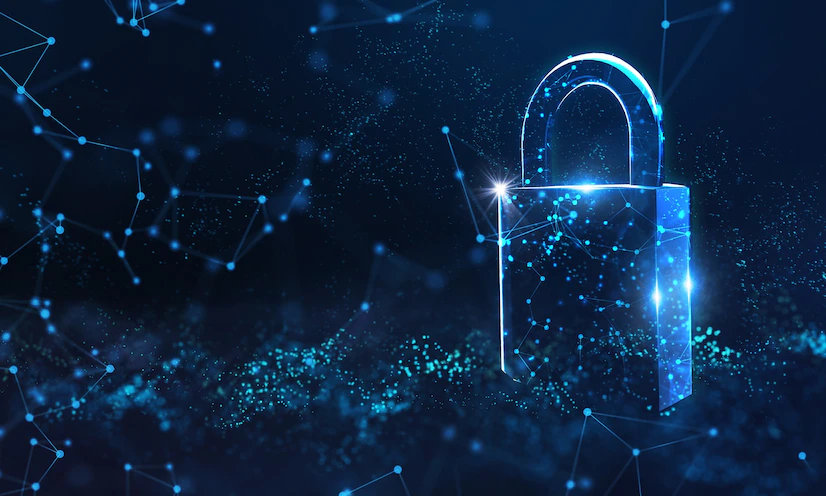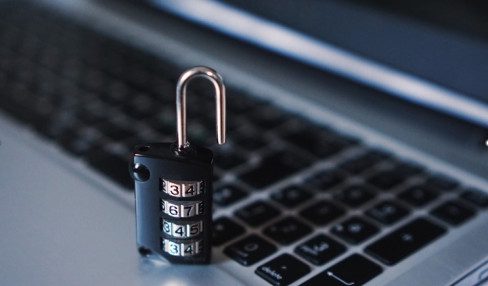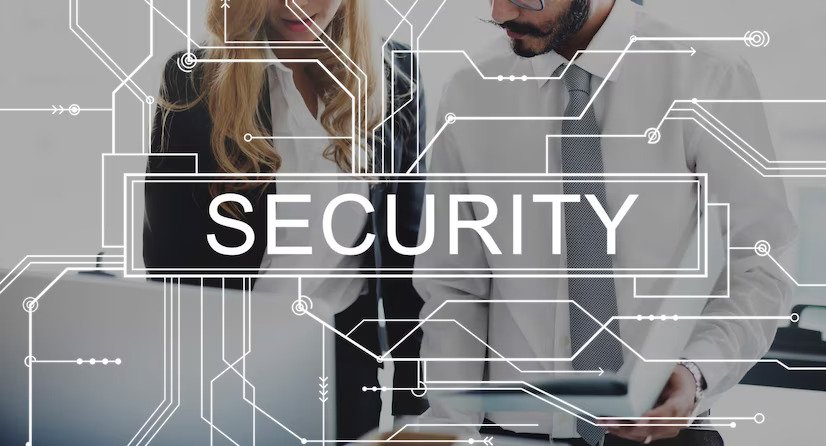5 Ways To Maximize Cybersecurity In Everyday Life
16 December 2022
3 Mins Read

toc impalement
Hackers, cyberattacks, and digital scams. They are a nightmare for every internet user.
One wrong act can expose all your personal data, and the consequences are often incalculable. Many people are, therefore, hesitant to open messages or arrange banking matters online, which is not entirely unjustified.
Here Are Five Prime Steps To Maximize Cybersecurity In Everyday Life
These tips will help every internet user to stay digitally safe.
1. Enable a secure connection

Everything stands or falls with a secure internet connection. A VPN is an excellent example of this. What is VPN? It’s a “virtual private network” that allows the user to route all internet traffic through an encrypted tunnel.
This means that the information sent from the device does not go directly to its own provider (ISP) but to the VPN server. It encrypts the data and then forwards it. For outsiders, only the IP address of the VPN server is visible. They, therefore, do not see who sent the data. In addition, they cannot read the data because it is encrypted.
A VPN is an incredibly useful tool when connecting to a public network. These are the often free Wi-Fi networks available in libraries, cafes, and airports. Everyone can log in to the same network, often even with the same password. These public networks are, therefore, extremely vulnerable to hackers. If you’re searching for the best VPN for Canada, read online reviews and compare different VPN providers!
2. Choose unique passwords
Many people still use easy-to-guess passwords. For example, ‘Welcome21’, ‘password,’ and ‘123456’ remain very popular. Hackers know this, and they will also try these common passwords first. It is an even bigger problem if such a password is also used for multiple accounts. Hackers then get access to all personal information and any saved payment details.
Choose a unique password for each account. To remember all these complicated passwords, a password manager can offer a solution.
3. Use Two-Step Verification

When login details have come into the hands of hackers due to a data breach, malicious parties can gain access to one or more accounts. What a hacker cannot get hold of so quickly is someone’s finger, eye, or mobile phone.
Two-step verification prompts you for a second form of identification when logging in. In addition to an email address and a password, for example, an SMS code or a TouchID is required to access the account.
4. Be alert for phishing
Never click on links in messages when the sender is not immediately known. Many of these messages automatically end up in the spam folder. For example, think of messages about Bitcoin accounts coming out of nowhere that are about to expire.
Or emails asking for an account number into which a completely unknown lottery can deposit the main prize of 3 million dollars. These are fairly obvious examples, but cybercriminals can also be much more devious.
They often use the bank as a cover. Remember that the bank will never send a link by text message or email. When in doubt, always check the official website.
5. Be aware of social media

Social media is, of course, an excellent way to keep in touch with friends and family members. We share snapshots of our children’s first day of school and post our holiday photos.
There is nothing wrong with that, as long as this information is only visible to the people we trust. It becomes dangerous when strangers can see where the children go to school and when we are away from home. Therefore, be careful who you add as a ‘friend’ and check the privacy settings again.
Read Also:


















Comments Are Closed For This Article